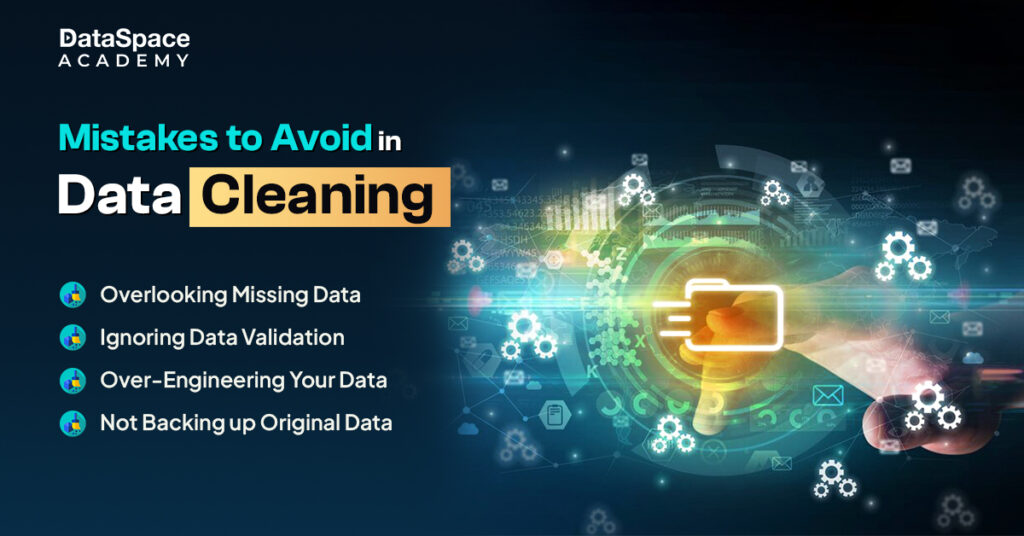Imagine trying to bake a cake with rotten eggs or old flour—gross, right? Well, that’s what working with unclean data is like!
Data cleaning is the secret sauce that ensures your data is fresh, accurate, and ready to serve up those juicy insights. But here’s the thing: just like with any recipe, there are right way and wrong ways to do it. And here comes the importance of prompt
data-cleaning techniques. Get it wrong, and your analysis could go as flat as a pancake. That’s why it’s absolutely crucial to know the dos and don’ts of this process. Whether you’re a data novice or a seasoned pro - mastering the art of data cleansing is a must to make sure your analytics efforts aren’t in vain.
In this post, we’re diving into the nitty-gritty of data cleaning—what it is, why it’s important, and the best practices you should follow to get your data squeaky clean and analysis-ready.
Let’s roll up the sleeves and delve into it!
Data cleaning, also known as data cleansing or scrubbing, is a critical step in the data mining and data analysing processes. It involves identifying and correcting (or removing) inaccuracies and inconsistencies in datasets to ensure the highest quality of data for analysis. The importance of data cleaning cannot be overstated—unclean data can lead to incorrect conclusions, flawed strategies, and ultimately, poor decision-making.
Research shows that poor data quality costs organisations an average of $15 million per year due to inefficiencies and errors.
(Source - Analysis by Gartner, a Management Consulting Company)
By incorporating effective
data cleaning methods, companies can significantly reduce these costs, streamline their data analytics processes, and make more informed decisions.
The data cleaning process typically involves several key steps, including:
The benefits of thorough
data cleaning in data science are immense. Clean data leads to more accurate insights, better decision-making, and ultimately, a stronger competitive edge in the market.

When it comes to data cleaning in data analytics, following best practices is crucial for achieving high-quality results. Here are some key dos:

Just as there are best practices to follow, there are also common pitfalls you should avoid. Here are some key don’ts:
Companies across all industries are on the hunt for professionals who can not only analyse data but also ensure that the data they’re working with is top-notch. Mastering the right data-cleaning techniques and methods is not just a good-to-have skill; it’s a necessity in the data analytics field.
If you’re looking to build a lucrative career in this exciting field, having a strong foundation in data cleaning is key. Enrolling in a
data analyst course will empower you with the skills and credentials needed to stand out. By honing your data cleaning skills, you’ll be well-equipped to tackle any data challenge and help organisations make data-driven decisions with confidence.
Ready to take a leap? The world of data analytics awaits your footsteps!

 When it comes to data cleaning in data analytics, following best practices is crucial for achieving high-quality results. Here are some key dos:
When it comes to data cleaning in data analytics, following best practices is crucial for achieving high-quality results. Here are some key dos:
 Just as there are best practices to follow, there are also common pitfalls you should avoid. Here are some key don’ts:
Just as there are best practices to follow, there are also common pitfalls you should avoid. Here are some key don’ts:
